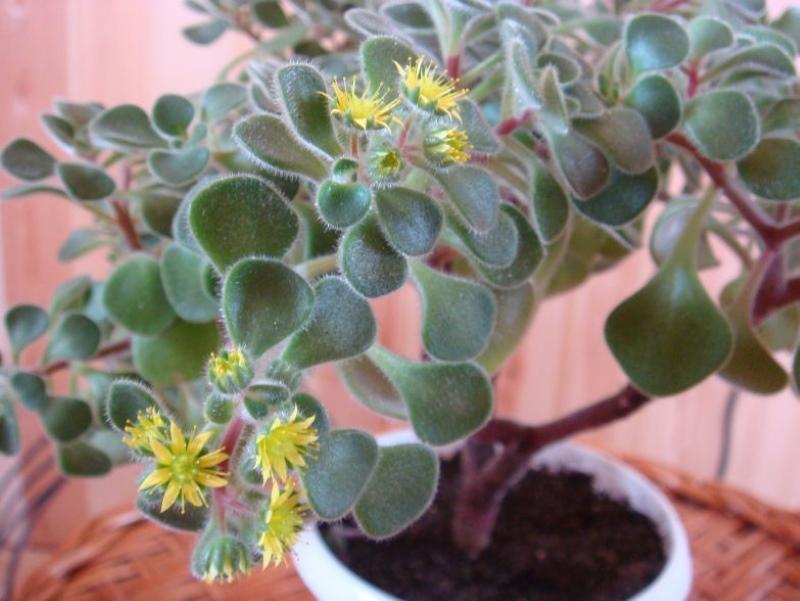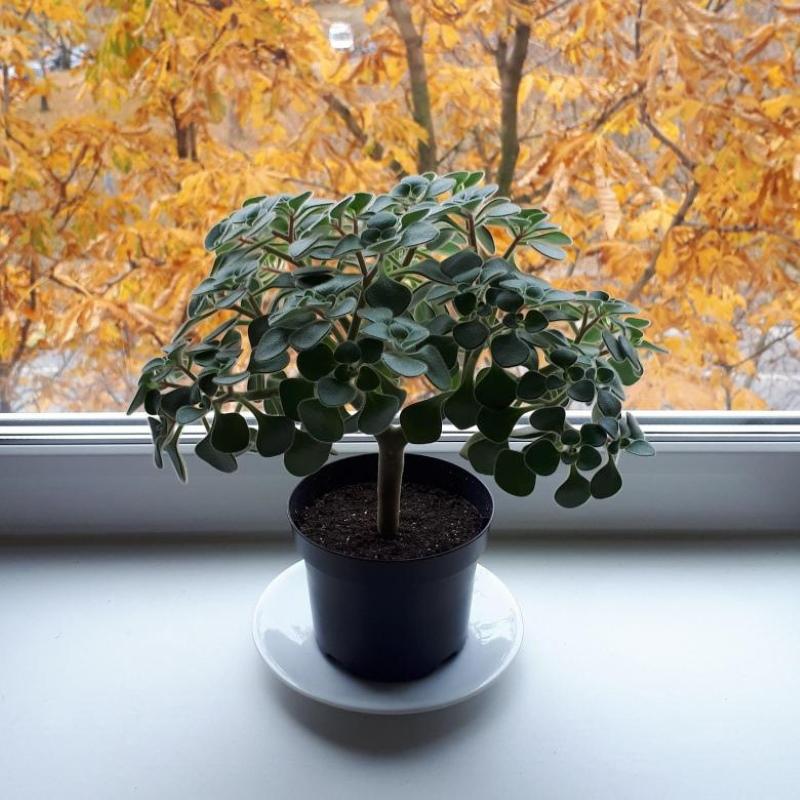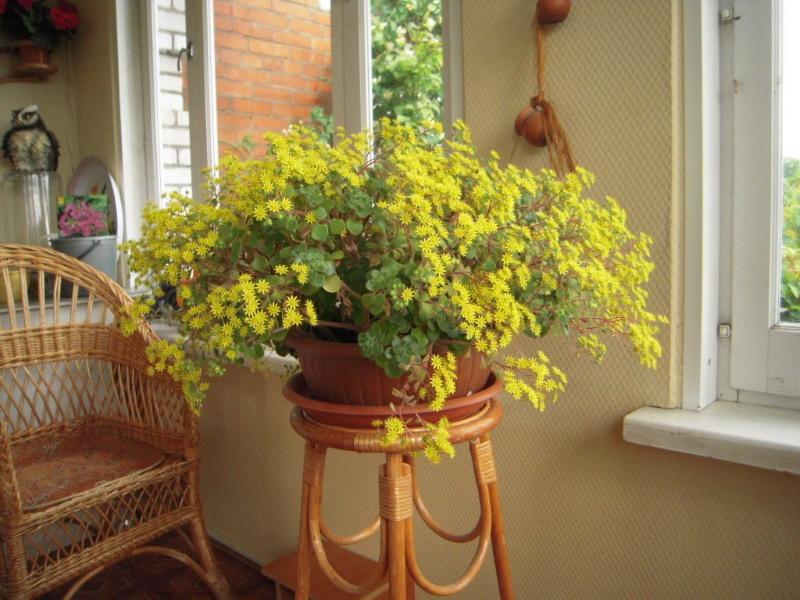Aichrizon - home care for the tree of love
 It can be safely called one of the most beautiful succulents for its unusual shape of heart-shaped leaves, covered with delicate silvery pubescence. This is aichrizon, home care for which is simple, but it still has some nuances. Like all representatives of succulents, the flower feels good in the apartment and does not impose special requirements on the content. But if you want to see not only a lush crown, but also flowering, you need to create comfortable conditions for aichrizona for laying flower buds. For this, he needs light and a period of rest in the cool.
It can be safely called one of the most beautiful succulents for its unusual shape of heart-shaped leaves, covered with delicate silvery pubescence. This is aichrizon, home care for which is simple, but it still has some nuances. Like all representatives of succulents, the flower feels good in the apartment and does not impose special requirements on the content. But if you want to see not only a lush crown, but also flowering, you need to create comfortable conditions for aichrizona for laying flower buds. For this, he needs light and a period of rest in the cool.
Flower requirements for keeping conditions

Place the aichrizon on the east or west window and do not forget to turn the pot towards the sun from time to time. Then the bush will not be one-sided.
In spring and summer, the flower feels good in the warmth. But in the fall, he begins a period of rest. His plant should hold at a temperature not higher than 10 ° C heat. In such conditions, growth almost stops. If you leave the pot warm, it will develop further. But with a lack of lighting, it will begin to stretch and drop the lower leaves.
Aichrizon - home care
 Like all succulents, the love tree loves moderation in everything:
Like all succulents, the love tree loves moderation in everything:
- Water it with a little water when the leaves lose their turgor slightly. With regard to watering, it is better to underfill the bush than to overflow. Excess moisture is dangerous for the root system, which quickly begins to rot. In winter, rarely water a flower standing in a cool room at all.
- It is not necessary to specially humidify the air, the plant tolerates dry air well. But you can shower him once a week to wash the dust off the leaves.
- In the spring, shorten the twigs that are stretched out, and later pinch the tops. Pruning will help form a lush bush.
- Feed the flower twice a month with special complexes for succulents, except for the dormant period.
Aichrizon propagates most often by cuttings. Put the branches remaining after pruning in water, and when they start up roots, plant them. Or root them in the lung right away substrate.